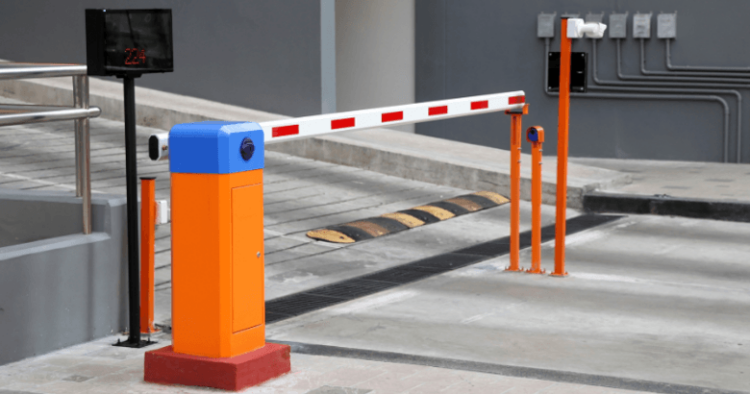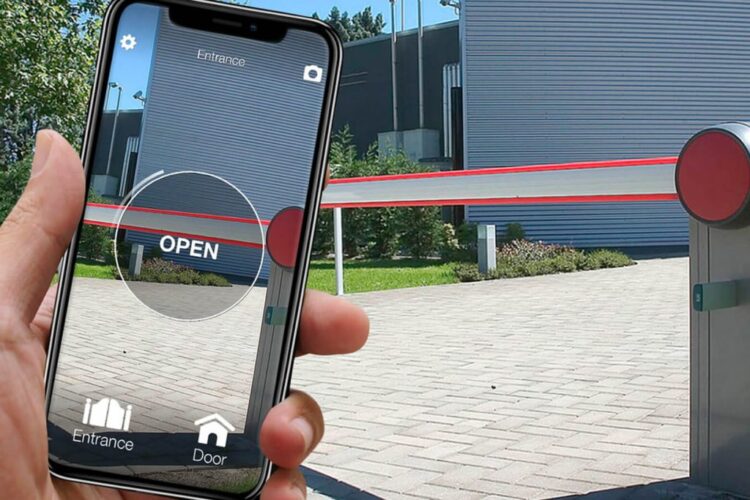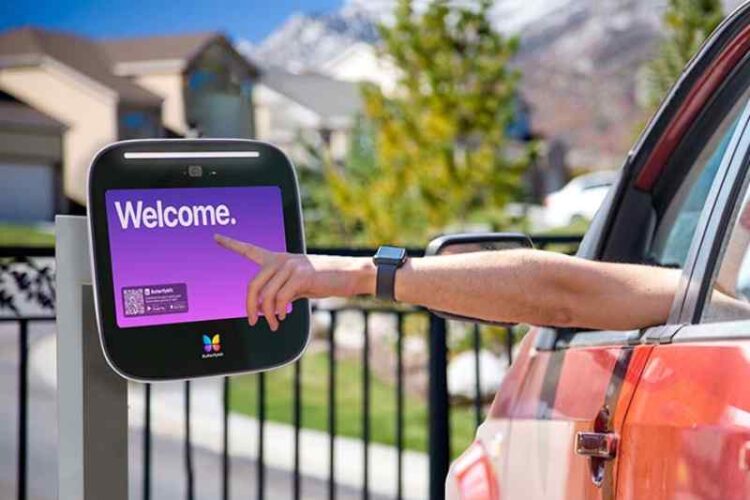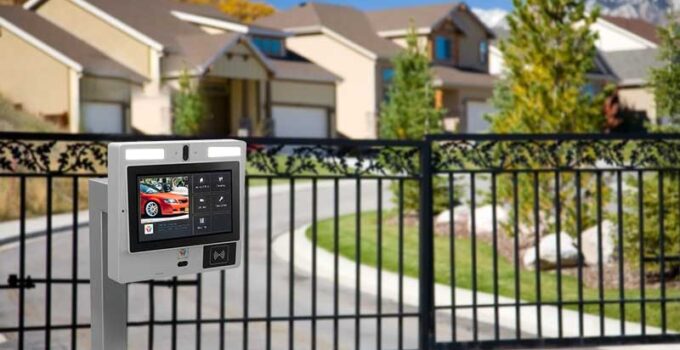Enhancing the safety and convenience of gated communities is a critical concern for homeowners associations and property managers alike. Gate access control systems are at the forefront of this endeavor, providing secure and efficient entry points that cater to the needs of residents and service providers.
Understanding the intricacies of these systems, their benefits, and their legal implications is essential for making informed decisions. Keep reading to delve into the world of gate access control, and how modern solutions are reshaping the security of gated communities.
Page Contents
Understanding Gate Access Control Systems in Gated Communities

Source: swiftlane.com
Gate access control systems serve as the first line of defense in gated communities, ensuring that only authorized individuals can enter the premises. These systems vary widely, from traditional keypads and intercoms to advanced biometric scanners. The common goal, however, is to maintain a balance between robust security and ease of access for residents and approved visitors.
The core components of these systems include physical barriers, such as gates or barriers, paired with electronic controls that manage entry. This can include RFID tags, remote controls, or mobile apps that trigger gates to open. Choosing the right combination of technology is crucial for effective gate access control.
When designing or upgrading a gate access control system, working with expert providers is advisable. This cell gate access for gated community can be implemented seamlessly with the assistance of professionals to ensure optimal functionality and user satisfaction.
Key Features To Look For In Gate Access Control Technology
When assessing different gate access control technologies, there are key features to consider. Reliability is of utmost importance; systems should function consistently and require minimal maintenance to avoid service interruptions. This includes having a backup power source to ensure the system remains operational even during power outages.
User-friendliness is another vital feature. Systems should be intuitive for residents and visitors, minimizing the need for extensive training or support. This extends to simple methods for updating access permissions as residents move in or out, or when guest access needs to be granted temporarily.
Scalability and flexibility are also crucial, as the needs of a community can change over time. A good system can accommodate an increasing number of users and evolve with technological advancements without needing a complete overhaul.
Balancing Security and Convenience: Integration of Smart Access Controls

Source: 1control.eu
The advent of smart technology has created a new dynamic in gate access control by integrating convenience and security. Smart access controls allow residents to manage entry permissions through their smartphones, providing a level of ease and flexibility that was previously not possible.
These smart-systems often incorporate features such as video calls, allowing residents to visually confirm a visitor’s identity before granting access. Moreover, temporary digital keys can be issued to guests or service providers, eliminating the need for physical key distribution and collection.
Integration with home automation systems is also a significant advantage. Residents can pair gate entry with other smart home functions, such as lighting or alarm systems, for a seamless security experience. This integration can also mean a more efficient use of energy and resources within the community.

Source: butterflymx.com
While the benefits of gate access control systems are undeniable, there are legal and privacy considerations that must be navigated carefully. The collection and storage of personal data, such as access codes or biometric information, must comply with privacy laws and regulations to protect residents.
Transparency with residents regarding data usage is essential. Communities must inform residents about what data is collected, how it is used, and measures in place to protect their privacy. This openness fosters trust and ensures that residents are comfortable with the system installed in their community.
Altogether, the strategic implementation of modern gate access control solutions can significantly enhance the security profile and resident satisfaction within gated communities. Overall, the effective integration of these systems represents an investment in the community’s safety, operational efficiency, and value, both in the present and for the future.




